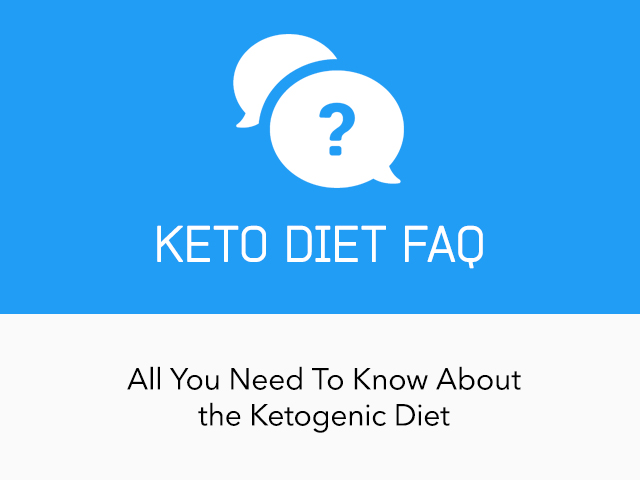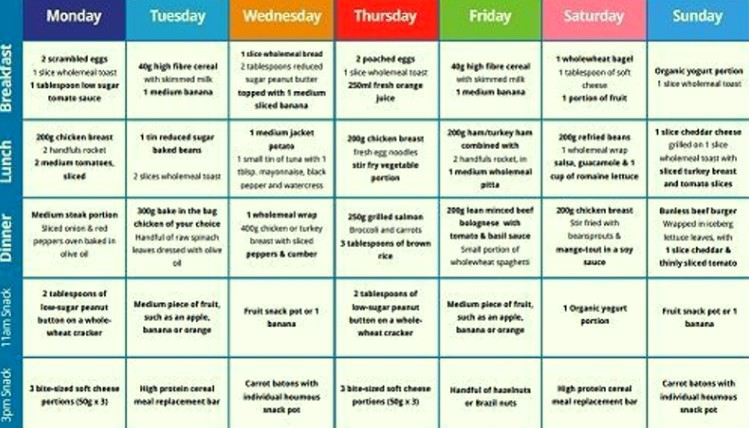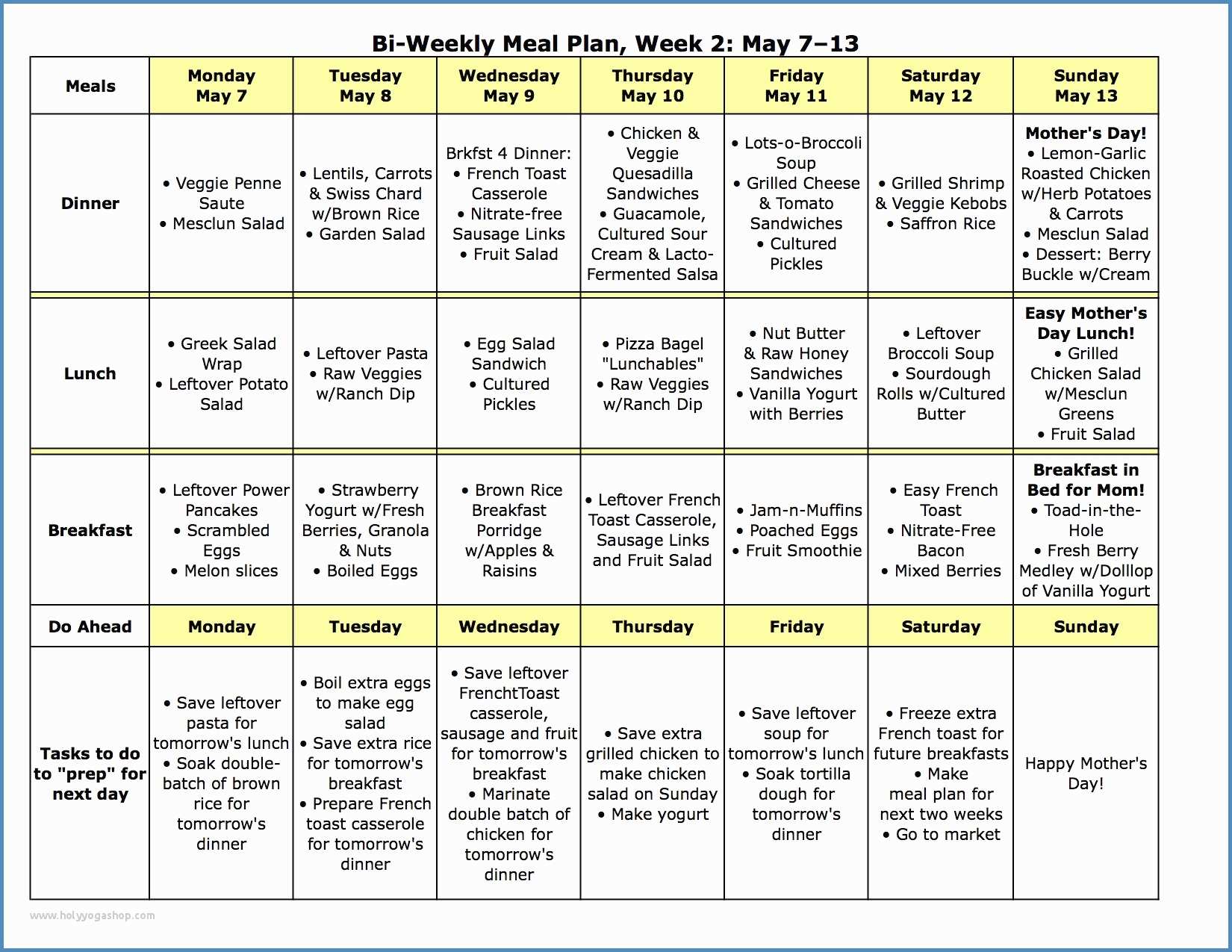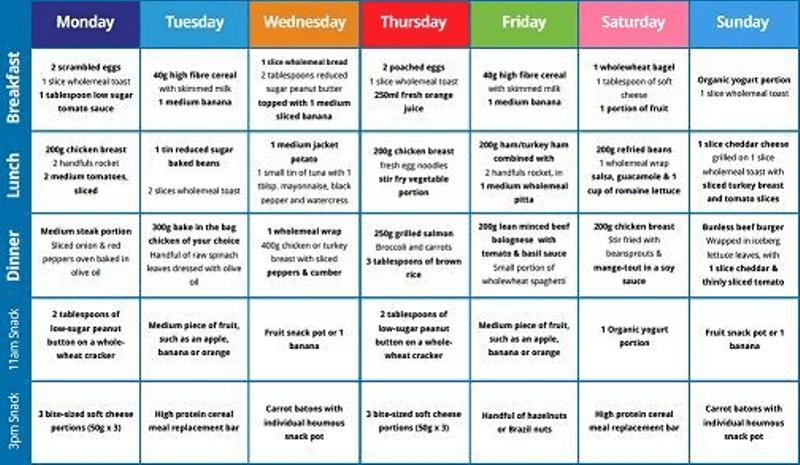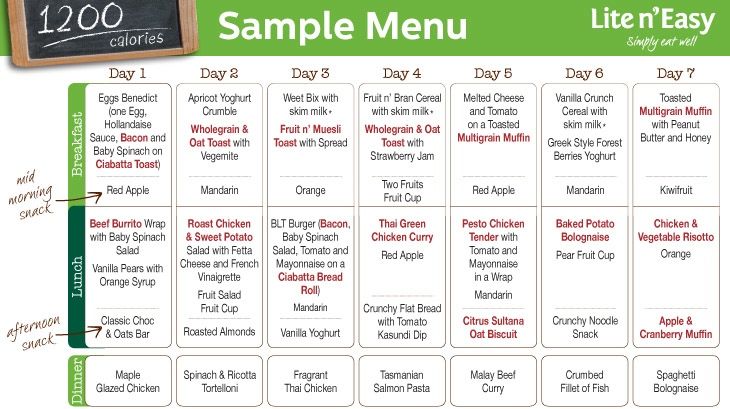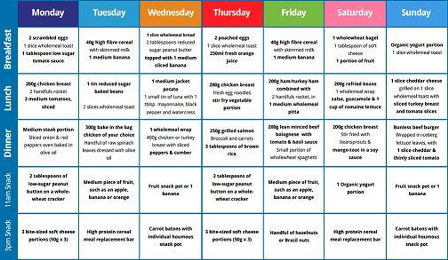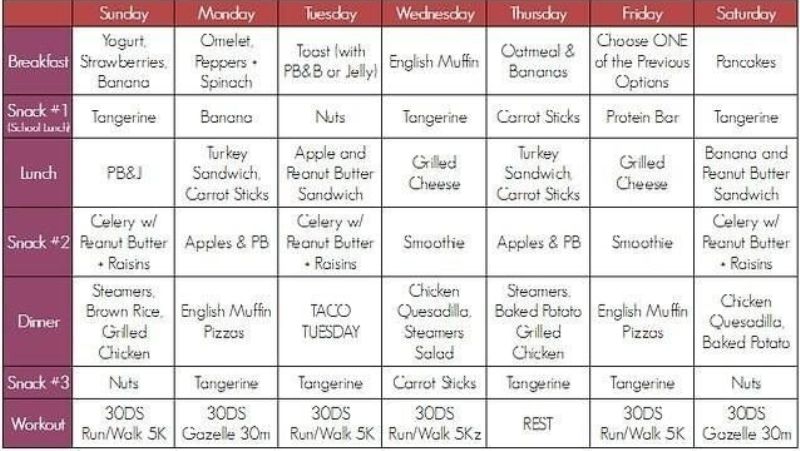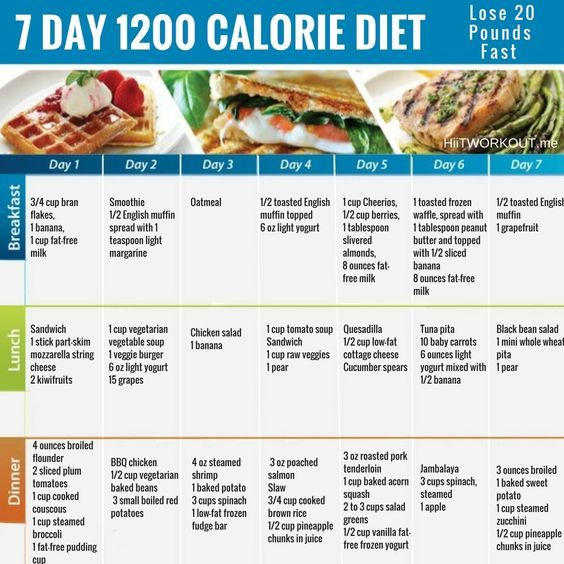Keto Diet 1000 Calorie Meal Plan
When we think about losing weight as a general rule, the idea that comes to mind is the immediate reduction of calories consumed in the daily keto diet. The keto diet is called a hypocaloric diet and is gaining ground in the fitness industry amongst weight loss seekers. The concept of this weight loss option is based on a simple mathematical logic: consume fewer calories than your body will use throughout the day.
The operation of this keto diet is simple, you should only pay attention to the nutritional value of the food you are going to consume. In this review of values, you must ensure that your body takes the nutrients it needs, because otherwise, you may have problems of lack of essential vitamins and minerals.
In addition, the time of the diet cannot be prolonged over a too long period, because it can cause physical weakness due to lack of carbohydrates.In this article, you will know everything about the 1000 calorie keto diet as a way to lose weight without feeling week and lethargic. But, is it healthier? What are the advantages and disadvantages? What would a weekly menu look like? If you do not have time for more exercise, read on
General Recommendations:
We can not get into the 1000 calorie keto diet menu tips per day, without first talking about the care that this type of nutrition requires. Firstly, it is essential that the keto food program is recommended, supervised and authorize by a nutritionist. This is because, in addition to losing weight, you need to keep in mind the need to lose weight healthily by following a nutritious and balanced keto diet.
It is well worth getting rid of excess pounds, but feeling weak and tired all the time and getting sick will not be a good idea. Such care is especially important with regard to the 1000 calorie keto diet per day when taking into consideration that the maximum reduction that a person should have in their daily caloric intake is precisely 1000 calories.
With this decrease, the body still works, however, it can make you feel tired, lacking energy and hungry, which makes the keto diet difficult to sustain. Hence, it is important to have a follow-up of a nutritional expert. Only follow the program if you have medical authorization and choose foods that satiate and nourish the body within that caloric limit.In addition, it is recommended that a 1000 calorie keto diet per day is not followed for a long period of time unless there is a medical recommendation. It is also important to make sure you drink plenty of water.
How to divide caloric intake throughout the day?
It is important to divide evenly the 1000 calories during the day’s keto meals so that your body feels satisfied throughout the day and you can avoid getting tired, lacking energy and feeling hungry. For those who consume the three main meals (breakfast, lunch, and dinner) and make two more snacks during the day, the recommendation is to consume ¼ of the daily caloric intake in each of the main meals and divide the remaining ¼ between snacks.
With the 1000 calorie keto diet a day, the division looks like this:
Breakfast: 250 calories;
Lunch: 250 calories;
Dinner: 250 calories;
Snack 1: 125 calories;
Snack 2: 125 calories.
The division serves as a basis for the distribution of calories throughout the day, however, it can be altered depending on the number of snacks you choose to make or the foods that make up each meal. The distribution of nutrients can vary according to the type and purpose of your keto diet, but it should be done with the help of a nutritionist, who will also help you select the right foods for each meal.
Keto Diet Meal Plan
In this day and age, everyone is always concerned about their size and weight. It’s a rather bothersome fact, but we all know that it is healthier and appealing to be slim and in shape. Something that many people don’t know is that the appearance of your body depends mainly on what you eat, and less on how active you are in terms of working out, etc.
However, with all the different types of keto diets you read about in magazines, books or articles and hear about on TV, it can become pretty confusing to know which weight loss methods is truly the most effective to blast off the fat and look your absolute best. That’s why we’ve come up with this 1000 calorie keto diet meal plan that you will need to follow only for a mere week to get you started on the right track.
Melt Fat Fast With A Keto Diet
What is the Keto Diet?
The Keto diet involves going long spells on extremely low (no higher than 30g per day) to almost zero g per day of carbs and increasing your fats to a really high level (to the point where they may make up as much as 65% of your daily macronutrients intake.) The idea behind this is to get your body into a state of ketosis.
You may have heard of the high-protein, low-carbohydrate Atkins diet. The keto diet keeps carbohydrate levels low, but instead of ramping up the amount of protein in your diet, the keto diet increases the amount of fat. A typical keto diet aims for meals with 75% fat, 20% protein, and 5% carbohydrate. Eating a high-fat diet can still mean eating healthy. Keto diet menu items often include seafood, meat, dairy products, eggs, vegetables, and nuts. With the increased popularity of the keto diet, keto recipes are widely available.
How Keto Started
The diet was originally published in 1921 by Dr. Russell Wilder at the Mayo Clinic. Dr. Wilder discovered that putting epileptic patients on a fast helped to reduce the frequency of the symptoms. At the time of its publication, there were few other options available for the treatment of epilepsy.
The ketogenic diet was widely used for the next several decades in treating epilepsy in both children and adults. In several epilepsy studies, about 50% of patients reported having at least 50% reduction in seizures.
However, the arrival of anticonvulsant drugs in the 1940s and afterward relegated the ketogenic diet to an “alternative” medicine. Most health care givers as well as patients, found it a lot easier to use the pills compared to adhering to the strict ketogenic diet. It was subsequently ignored in the treatment of epilepsy by most specialists.
In 1993, a renewed interest in the ketogenic diet was sparked by Hollywood producer Jim Abrahams. Abraham had his 2 years old son, Charlie, brought to the Johns Hopkins Hospital for epilepsy treatment. Charlie experienced rapid seizure control within days of using the ketogenic diet.
Jim Abrahams created the Charlie Foundation in 1994 which helped to revive research efforts. His production of the TV movie called “First Do No Harm” starring Meryl Streep also helped to greatly promote the ketogenic diet.
The meals were designed to provide the body with the right amount of protein it needs for growth and repair. The calculation of the amount of consumed calories was done to provide adequate amounts that will be able to support and maintain the proper weight necessary for the child’s height and weight.
Overview of Ketosis
Simply, our body, organs, muscles and brain can use either glucose or ketones for fuel. It is the function of the liver and pancreas (primarily) to regulate that fuel supply and they show a strong bias toward sticking with glucose. Glucose is the ‘preferred’ fuel because it is derived in abundance from the diet and readily available readily from liver and muscle stores. Ketones have to be deliberately synthesised by the liver; but the liver can easily synthesise glucose (a process known as ‘gluconeogenesis’ that uses amino acids (protein) or other metabolic intermediaries) too.
We don’t get beta hydroxybutyrate, acetone, or acetoacetate (ketones) from the diet. The liver synthesises them only under duress; as a last measure in conditions of severe glucose deprivation like starvation. For the liver to be convinced that ketones are the order of the day, several conditions must be met: Blood glucose must fall below 50mg/dl
Low blood glucose must result in low Insulin and elevated Glucagon Liver glycogen must be low or ’empty’
A plentiful supply of gluconeogenic substrates must NOT be available
At this point it is important to mention that it is not actually a question of being ‘in’ or ‘out’ of ketosis; we don’t either totally run on ketones, or not. It is a gradual and careful transition so that the brain is constantly and evenly fuelled… ideally. Ketones SHOULD be produced in small amounts from blood glucose levels of about 60mg/dl. We consider ourselves in ketosis when there are greater concentrations of ketones than glucose in the blood.
The reality is that most people – especially weight trainers – have had a regular intake of glucose for a good couple of decades, at least. The liver is perfectly capable of producing ketones but the highly efficient gluconeogenic pathways are able to maintain low-normal blood glucose above the ketogenic threshold.
Couple this with the fact that many people are at least partially insulin resistant and have elevated fasting insulin (upper end of the normal range, anyway). The small amount of blood glucose from gluconeogenesis induces sufficient insulin release to blunt glucagon output and the production of ketones.
Sudden glucose deprivation will have the consequence, initially, of lethargy, hunger, weakness etc in most people – until ketosis is achieved. And Ketosis will not be reached until the liver is forced to quit with gluconeogenesis and start producing ketones. As long as dietary protein is sufficient then the liver will continue to produce glucose and not ketones. That’s why no carb, high protein diets are NOT ketogenic.
What’s So Great About Ketosis Anyway?
When the body switches over to running primarily on ketones a number of very cool things happen:
Lipolysis (body fat breakdown) is substantially increased
Muscle catabolism (muscle loss) is substantially reduced
Energy levels are maintained in a high and stable state
Subcutaneous fluid (aka ‘water retention’) is eliminated
Basically, when we are in ketosis our body is using fat (ketones) to fuel everything. As such, we aren’t breaking down muscle to provide glucose. That is, muscle is being spared because it has nothing to offer; fat is all the body needs (well, to a large extent). For the dieter this means substantially less muscle loss than what is achievable on any other diet. Make sense?
As a bonus, ketones yield only 7 calories per gram. This is higher than the equal mass of glucose but substantially less (22%, in fact) than the 9 calorie gram of fat from whence it came. We like metabolic inefficiencies like this. They mean we can eat more but the body doesn’t get the calories.
Even cooler is that ketones cannot be turned back into fatty acids; the body excretes any excess in the urine! Speaking of which, there will be quite a bit of urine; the drop in muscle glycogen, low Insulin and low aldosterone all equate to massive excretion of intra and extracellular fluid. For us that means hard, defined muscularity and quick, visible results.
Regarding energy, our brain actually REALLY likes ketones so we tend to feel fantastic
in ketosis – clear headed, alert and positive. And because there is never a shortage of fat
to supply ketones, energy is high all the time. Usually you even sleep less and wake
feeling more refreshed when in ketosis.
Doing it Right
From what’s said above you will realise that to get into ketosis:
Carbohydrate intake should be nil; Zero!
Protein intake should be low – 25% of calories at a maximum
Fat must account for 75%+ of calories
With low insulin (due to zero carbs) and calories at, or below maintenance, the dietary fat cannot be deposited in adipose tissues. The low-ish protein means that gluconeogenesis will quickly prove inadequate to maintain blood glucose and, whether the body likes it or not, there is still all the damned fat to burn.
And burn it does. The high dietary fat is oxidised for cellular energy in the normal fashion but winds up generating quantities of Acetyl-CoA that exceed the capacity of the TCA cycle. The significant result is ketogenesis – synthesis of ketones from the excess
Acetyl-CoA. In more lay terms: the high fat intake ”forces” ketosis upon the body. This is how its ‘done right’.
Now you just have to throw out what you thought was true about fats. Firstly, fat does not ”make you fat”. Most of the information about the evils of saturated fats, in particular, is so disproportionate or plain wrong anyway; on a ketogenic diet it is doubly inapplicable. Saturated fats make ketosis fly. And don’t worry; your heart will be better than fine and your insulin sensitivity will NOT be reduced (there is no insulin around in the first place)!
Once in ketosis it is not necessary, technically speaking, to maintain absolute zero carbs or low protein. But it is still better if you want to reap the greatest rewards. Besides, assuming you are training hard, you will still want to follow a cyclic ketogenic diet where you get to eat all your carbs, fruit and whatever else, every 1-2 weeks, anyway (more on this in another article).
Don’t be mistaken; ‘done right’ does not make ketogenic dieting easy or fun for the culinary acrobats among you. They are probably the most restrictive diets you can use and not an option if you don’t love animal products. Get out your nutritional almanac and work out an 20:0:80 protein:carb:fat diet. Yeah, its boring. As an example, your writers daily ketogenic diet is 3100 Calories at 25:0.5:74.5 from only:
10 xxl Whole Eggs
160ml Pure Cream (40% fat)
400g Mince (15% fat)
60ml Flaxseed Oil
30g Whey Protein Isolate
7-Days Quick Easiest 1200 Calorie Meal Plan for Weight Loss
Want to fast track your weight loss on keto? This 1200 Calorie Meal Plan is designed to help you lose weight super fast! Accelerate your weight loss with this easy keto diet eating plan. If you’re looking for the simplest way to lose weight FAST on the keto diet, you’ve come to the right place!
This 1200 Calorie Keto Meal Plan has the potential to supercharge your weight loss by combining classic keto macros, calorie restriction (1200 calories per day), and carb limitation (e10 g per day).
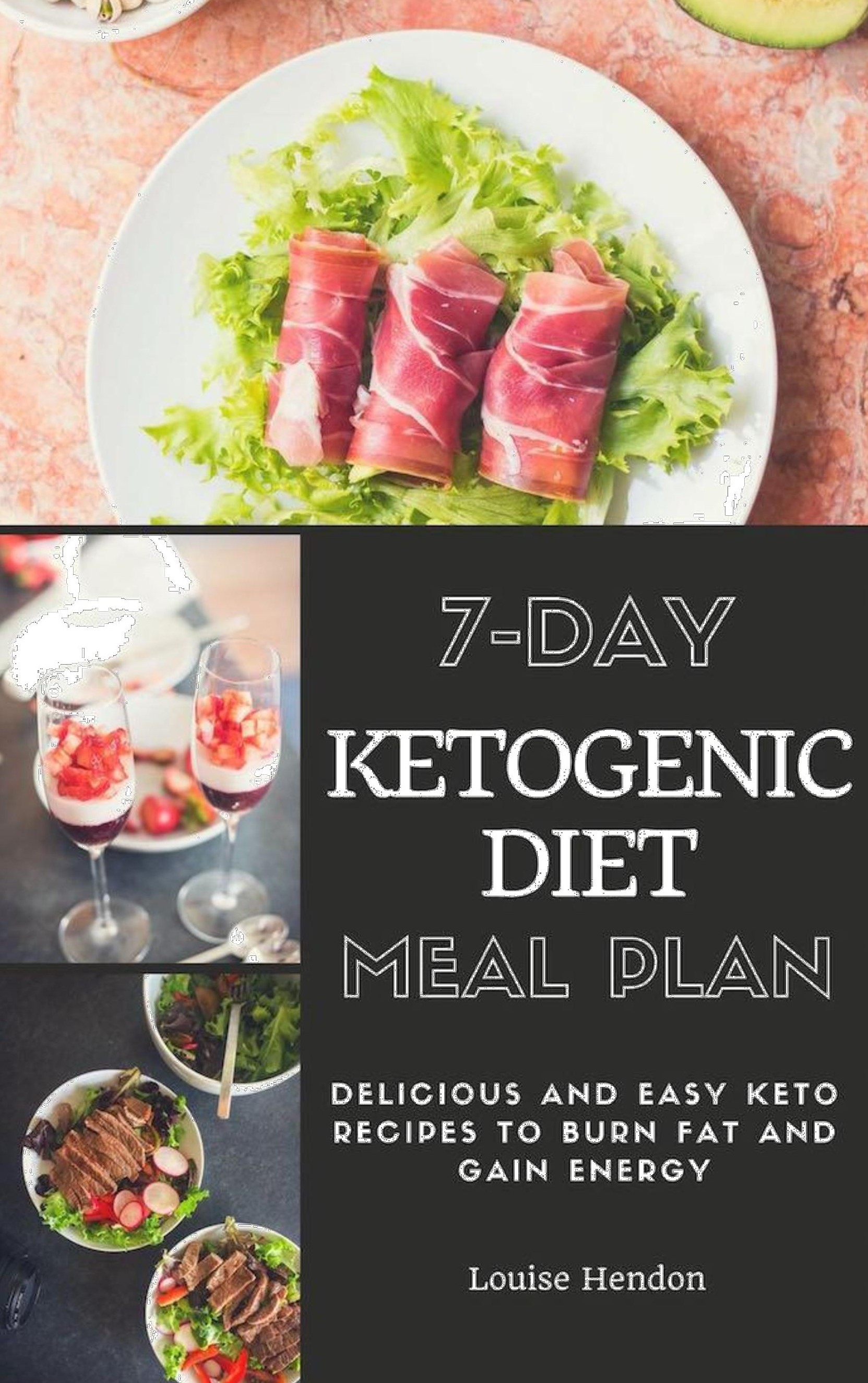
This is the quickest way to lose weight on keto EVER! So let’s get started! I recommend that you read through the details before you consider starting the 1200 Calorie Meal Plan. It will tell you everything you need to know in order to have a successful week on this keto diet plan.
WHAT IS THE 1200 CALORIE MEAL PLAN FOR?
This 1200 Calorie Meal Plan is specifically designed for women who want to lose weight quickly and effortlessly on a low carb high-fat diet. While this could be a good fit for anyone looking to lose weight on keto, it’s especially helpful for:
Anyone who is just starting the keto diet and needs an easy to follow a one-week keto meal plan for beginners Anyone who has tried keto in the past and didn’t get the weight loss results they were looking for
Anyone who is currently on the keto diet but has a reached a plateau in their weight loss efforts This is the simplest keto meal plan for fast weight loss because it’s both low carb high fat AND calorie-restricted. You’ll find out more about that in the next section.
HOW CAN I ACCELERATE WEIGHT LOSS ON KETO?
The 1200 Calorie Meal Plan is a short-term one-week keto meal plan to help you lose weight as quickly as possible by restricting calories. One major mistake that many people make on keto is not paying enough attention to their calorie consumption— if you eat too much on keto, it will stall your weight loss regardless of your macros.
If you want to accelerate weight loss on keto, you need to pay attention to your calories. But counting calories can be difficult, frustrating, and confusing. Problem solved! This 1200 Calorie Keto Meal Plan is the simplest way to lose tons of weight on keto because it counts your calories AND your macros for you!
HOW DOES THE 1200 CALORIE MEAL PLAN WORK?
This 1200 Calorie Meal Plan follows the “classic keto” guidelines of approximately 75 % fat, 20 % protein, and 5 % net carbs a day. To make this keto diet menu easy to follow, I’ve included a combination of recipes and on-the-go foods. I’ve specially designed this one-week keto diet meal plan so that you can:
- Try new keto recipes and find your favorites
- Stay on track easily with convenient no-cook, no recipe required, and even grab-and-go options from some of your favorite counter service restaurants.
- Lose weight even FASTER with approximately 10 net carbs or less per day
You should eat one serving of a recipe unless otherwise noted. If the recipe serves more than one person, you can use the remaining servings to feed your family/friends OR freeze them into portions for another time. Snack recipes may be repeated throughout the week (fat bombs freeze extremely well!)
Each day includes breakfast, lunch, dinner and one snack. If you’re still hungry, you should add 1 extra tablespoon of healthy fat (I recommend MCT oil) but be aware that this will add approximately 100 calories to your day.
IMPORTANT INFORMATION ABOUT THE 1200 CALORIE MEAL PLAN
A few quick notes before we get started. This 1200 Calorie Meal Plan is an example of what 1200 calories on keto would look like. It’s meant to give you ideas about what keto recipes/products you could eat and what your macros will look like.
If you choose to follow a 1200 calorie keto diet, you should consult with a doctor or registered dietician who can determine if a plan like this would be safe or effective for you and help you customize it to your needs.
Although many people have successfully followed a plan like this, I make no guarantees about its safety or efficacy for weight loss. Everyone is different and only your doctor can advise you on matters regarding your health. For your own safety, you should always take responsibility for your own well-being and seek out professional guidance before starting any kind of diet plan.
Finally, this 1200 Calorie Meal Plan is meant to be a short-term plan to help you start keto on the right foot or break through a plateau. For most people, 1200 calories is not a sustainable amount of food for the long term. Always listen to your body.
If 1200 calories feel like too little for you, I recommend you check out this One Week Keto Meal Plan for Beginners which isn’t as calorie-restricted but still designed to help you lose weight quickly. So that’s it! Are you ready to lose weight and feel great in just ONE WEEK? Let’s do it!
Underlying Concepts of the Ketogenic Diet
The classic ketogenic diet has a “fat” to a “combination of protein and carbohydrates” ratio of 4:1.
The general daily calorie breakdown of the ketogenic diet is as follows:
60-80% of calories from fat
20-25% from proteins
5-10% from carbohydrates
The ratio of the foods in a ketogenic diet is formulated to help the body induce and maintain a state of ketosis.
However, the ketogenic landscape has expanded considerably both in its application and implementation. While the classical ketogenic diet is still extensively used today, it has now formed the basis for the development of several alternative ketogenic protocols.
Ketogenic diets basically encourage the intake of about 20 to 50 grams of carbohydrates per day. Protein consumption is moderate and mostly depends on factors such as gender, height and activity levels of the individual. Essentially, the overall calorie of the diet is balanced primarily based on the amount of consumed fat.
The Fat and Protein Ratios in a Ketogenic Diet
Increased healthy fat consumption is the main focus of the ketogenic diet. Also, the purpose is to maintain the state of ketosis at all times thus allowing your body to use more body fat for fuel.
The body digests fat and protein differently. Fat is arguably the body’s best source of energy and in a state of ketosis, the body can make use of body fat and dietary fat equally well.
In general, fats have very limited effect on blood sugar levels and insulin production in your body. However, protein affects both of these levels if consumed in large amounts beyond what your body requires.
About 56% of the excess ingested protein is converted to sugar. This has the effect of upsetting the ketosis state of fat burning as a result of the body reacting to the glucose created from the protein breakdown.
Depending on the type and source of ingested fats, a high fat diet can be much healthier. Reducing carbohydrate intake and increasing your consumption of more saturated fats from mostly medium-chain fatty acids will greatly improve your body’s fat profile.
The ketogenic dietincreases HDL (good) cholesterol levels while at the same time reduces triglyceride levels. These two factors are the main markers for heart disease.
A ratio of less than 2.0 in your Triglyceride-to-HDL ratio means that you are doing well.
However, the closer this ratio is to 1.0 or lower, the healthier your heart.
This kind of fat profile is associated with increased protection against heart attacks and other cardiovascular problems.
Consumption of increased lean protein in the absence of adequate of amounts of fats in the diet can cause “rabbit starvation.” Rabbit starvation is a condition where there is an insufficient amount of fats. This condition is seen in diets that mostly consist of lean proteins.
One of the major symptoms of rabbit starvation is diarrhea. The diarrhea can often become serious and may lead to death. This often occurs within the first 3 days to one week of pure lean protein diets. If adequate amounts of fats are not consumed in the succeeding days, the diarrhea can worsen and may lead to dehydration and possible death.
The Importance Of Sugar Precaution On The Ketogenic Diet
Keto shifts your body from a sugar burner to a fat burner by eliminating the dietary sugar derived from carbohydrates. The first obvious reduction you should make from your current diet is sugar and sugary foods. Although sugar is a definite target for deletion, the ketogenic dietfocuses upon the limitation of carbohydrates.
We need to watch out for sugar in a number of different types of foods and nutrients. Even a white potato which is carb-heavy may not taste sweet to your tongue like sugar. But once it hits your bloodstream after digestion, those carbs add the simple sugar known as glucose to your body. The truth is, our body can only store so much glucose before it dumps it elsewhere in our system. Excess glucose becomes what is known as the fat which accumulates in our stomach region, love handles, etc.
Protein And Its Place In Keto
One source of carbohydrates which some people overlook in their diet is protein. Overconsumption of protein according to the tolerance level of your body will result in weight gain. Because our body converts excess protein into sugar, we must moderate the amount of protein we eat. Moderation of our protein intake is part of how to eat
ketogenic and lose weight. First of all, identify your own tolerance of daily protein and use as a guide to maintain an optimal intake of the nutrient. Second, choose your protein from foods such as organic cage-free eggs and grass-fed meats. Finally, create meals in variety that are delicious and maintain your interest in the diet. For instance, a 5 ounce steak and a few eggs can provide an ideal amount of daily protein for some people.
Caloric Intake On The Ketogenic Diet
Calories are another important consideration for what can you eat on a ketogenic diet. Energy derived from the calories in the food we consume help our body to remain functional. Hence, we must eat enough calories in order to meet our daily nutritional requirements. Counting calories is a burden for many people who are on other diets. But as a ketogenic dieter, you don’t have to worry nearly as much about calorie counting. Most people on a low-carb diet remain satisfied by eating a daily amount of 1500-1700 kcals in calories.
Fats, The Good & The Bad
Fat is not bad, in fact many good healthy fats exist in whole foods such as nuts, seeds and olive oil. Healthy fats are an integral part of the ketogenic diet and are available as spreads, snacks and toppings. Misconceptions in regards to eating fat are that a high amount of it is unhealthy and causes weight gain. While both statements are in a sense true, the fat we consume is not the direct cause of the fat which appears on our body. Rather, the sugar from each nutrient we consume is what eventually becomes the fat on our body.
